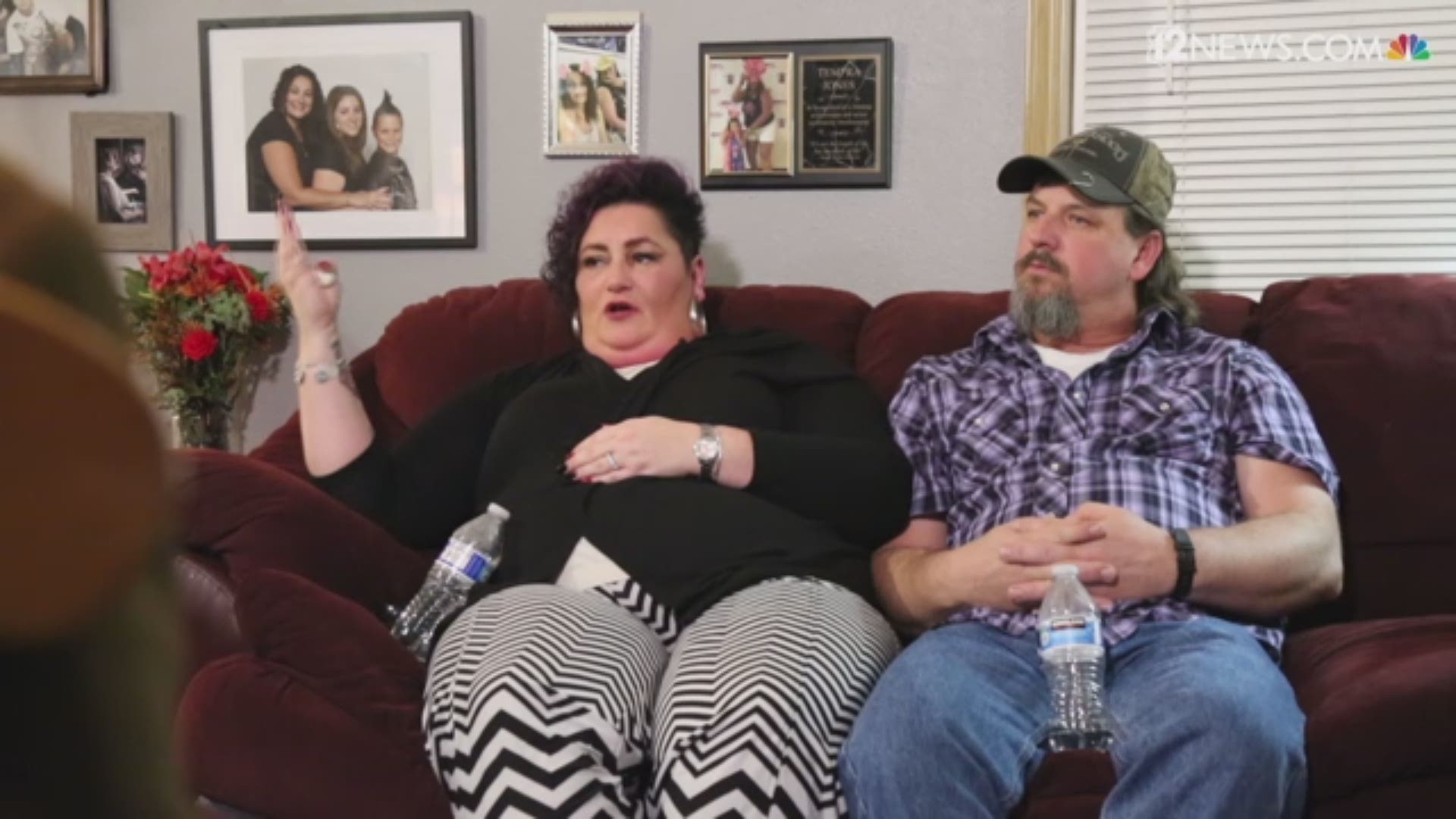At 1:23 a.m. on April 26, 1986, an explosion destroyed reactor No. 4 at Chernobyl's Vladimir Illyich Lenin Nuclear Power Station in the former Soviet Union. Thirty years later, 5 million people still live on heavily contaminated lands in Belarus, Russia and Ukraine, and hundreds of thousands of people are sick or suffering in different ways.
The true impact from Chernobyl may not be known for decades to come.
![The Chernobyl disaster 30 years later [video : 83099770]](http://videos.usatoday.net/Brightcove2/29906170001/2016/04/29906170001_4847563813001_FUNERAL2.jpg?pubId=29906170001)
The blast immediately killed one person. A second died in the hospital after succumbing to injuries. While the reactor burned for two weeks, discharging the largest-ever uncontrolled amount of radioactive material into the environment, the radiation that spewed from the plant reached 42% of Europe's territory and prompted the deployment of an army of 800,000 emergency workers.
![Interactive Map [oembed : 83177944] [oembed : 83177944] [oembed : 83177944] [oembed : 83177944] [oembed : 83177944] [oembed : 83177944] [oembed : 83177944] [oembed : 83177944]](/Portals/_default/Skins/PrestoLegacy/CommonCss/images/smartembed.png)
Some parts of Chernobyl, an area the size of Rhode Island, will not be radiation-free, if ever, for at least 24,000 years.
It took then-Soviet leader Mikhail Gorbachev 18 days to appear on television to admit the scale of the disaster and another three years to lift a ban on releasing public health data. To this day, cancer and death toll estimates are in a shockingly wide range: From 4,000 to as high as 1 million.
Meanwhile, the two countries affected the most — Belarus and Ukraine — are preoccupied with fighting other battles: sanctions, separatists, corruption, poverty, indifference.
USA TODAY traveled to this still-scarred area to share stories of those living in the shadow of the world's worst nuclear disaster.
Read the full series.
![Interactive Graphic [oembed : 83180234] [oembed : 83180234] [oembed : 83180234] [oembed : 83180234]](/Portals/_default/Skins/PrestoLegacy/CommonCss/images/smartembed.png)


![XXX CHERNOBYL_KIDS_1.JPG [image : 83036242]](http://www.gannett-cdn.com/-mm-/7bc8c30ff2bd2299e47768ede11d0e163c246a80/c=25-0-2829-2397/local/-/media/2016/04/14/USATODAY/USATODAY/635962404529111443-XXX-Chernobyl-kids-1.JPG)
![chernobly [image : 82925168]](http://www.gannett-cdn.com/-mm-/9368e67aead597479cfccaec28bc3630374b8380/c=247-0-3111-2448/local/-/media/2016/04/12/USATODAY/USATODAY/635960324275601087-CHERNOBYL-PAINTING-UNIDENTIFIED-ARTIST.JPG)
![Disastrous fallout from Chernobyl's nuclear meltdown [gallery : 83149892]](http://www.gannett-cdn.com/-mm-/fc036cc14c2e20d577c340661a975e3829208f63/c=1523-0-4140-2237/local/-/media/2016/04/17/USATODAY/USATODAY/635964494698289123-Chernobyl005.JPG)
